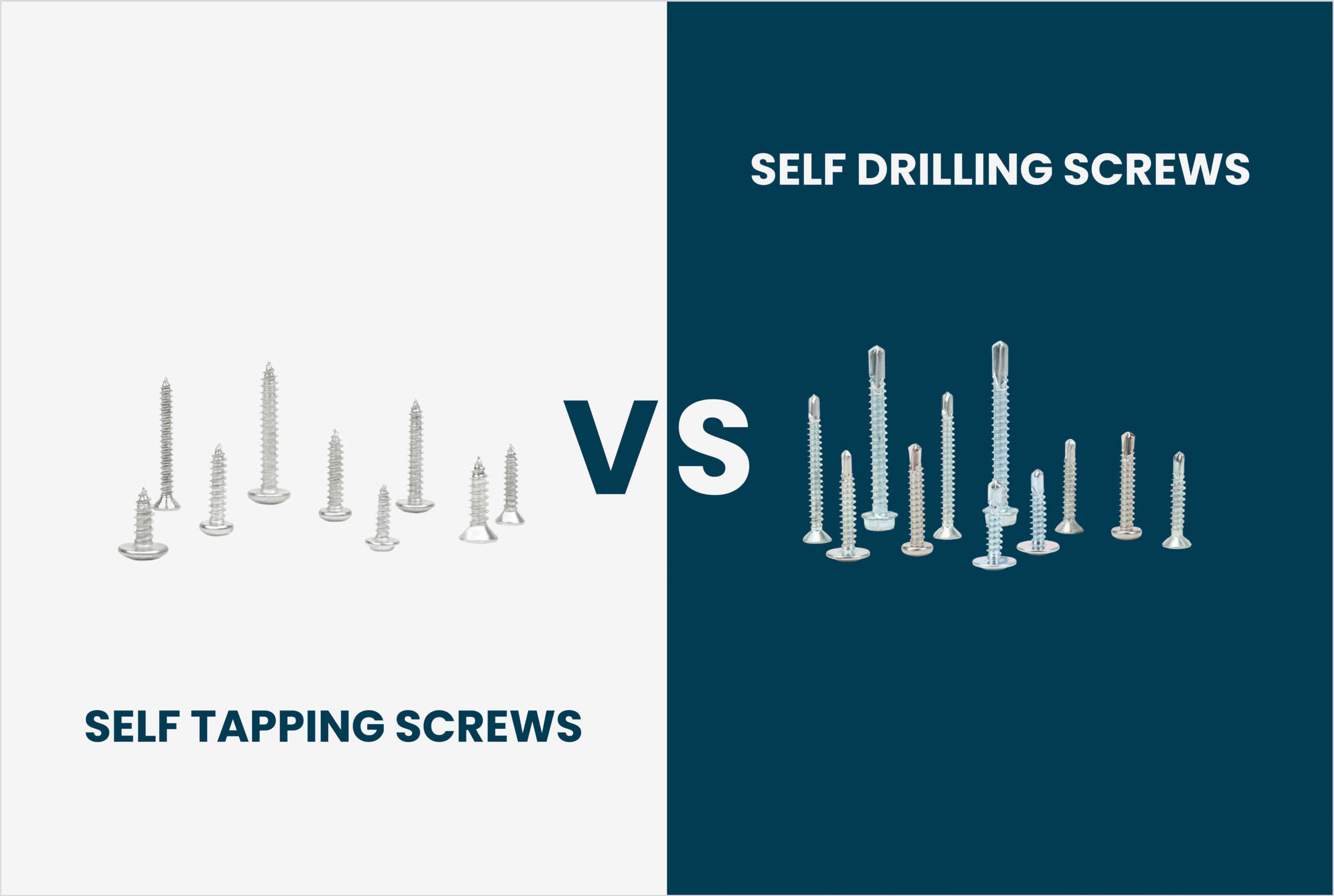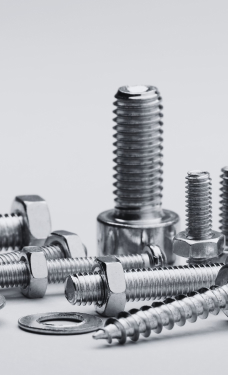
Self-Tapping Screws vs Self-Drilling Screws: Which One Should You Use?
Introduction
When it comes to choosing screws for any project, you will often come across two terms that seem interchangeable – self-tapping screws and self-drilling screws. At a cursory glance, they may appear to be the same, but there’s a fundamental difference between the two that results in them performing quite different jobs.
Although both of them are designed to create threads as they are driven into materials, the primary difference lies in how they prepare the hole and the amount of work required before installation. While one prioritizes precision and material control, the other concentrates on speed and convenience.
In this blog, we break down their workings, use cases, and major differences between these two screw types, allowing you to pick the right one for your project.
Self-Tapping Screws
Self-tapping screws are made to form threads in pre-drilled holes. This means that a pilot hole must be drilled into the material before the screw is driven in. As the screw drives in, its sharp threads cut matching grooves into the sides of the hole, allowing the screw to lock in place tightly and eliminating the need for a nut.
As the torque can be controlled and there’s little risk of over-threading, self-tapping screws offer great utility across materials such as plastic, sheet metal, or composites, where cracking or thread stripping is quite common. These screws are routinely found in electrical enclosures, home appliances, and HVAC components as these applications require greater precision and torque control.
Self-Drilling Screws
Self-drilling screws entirely remove the need for a pilot hole. They come with a drill-bit-shaped tip that bores its own hole. The screw drills, cuts threads, and fastens the material, all in one continuous motion, eliminating the need to change bits or tools.
This makes self-drilling screws extremely popular for high-speed or repetitive installations such as roofing sheets, metal studs, and other steel framing jobs. They significantly cut down installation time, minimize manual effort, and deliver reliable results.
Key Differences
| Aspect | Self-Tapping Screws | Self-Drilling Screws |
| Pilot Preparation | Requires pre-drilled hole | Drills owns hole |
| Installation Process | First drill, then drive | Drill and drive happen simultaneously |
| Speed of Assembly | Slower, more controlled | Faster, more efficient |
| Cost | Lower cost | Higher cost |
| Labour Intensiveness | Higher | Lower |
| Common Applications | Electrical enclosures, home appliances etc. | Roofing sheets, metal studs etc. |
Conclusion
Picking between the two depends on the nature of your project. If the project demands high precision and greater torque control, particularly in brittle materials, self-tapping screws become the obvious choice. But if speed, ease of use, and repeatable performance across multiple installations is your priority, then self-drilling screws are the better fit.
At Fastener World (India), we offer both self-tapping and self-drilling screws in multiple material grades and protective coatings. So, whether your application demands torque control or rapid fastening for high-volume installations, you’ll find the right fasteners with us.
